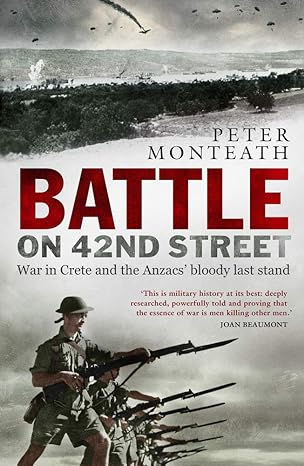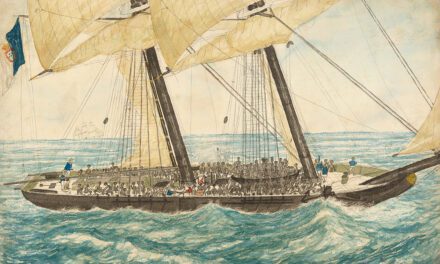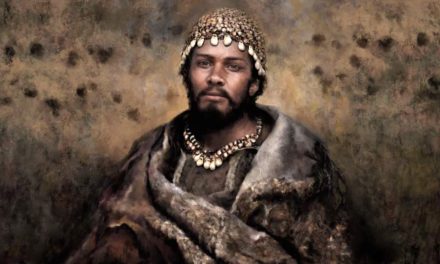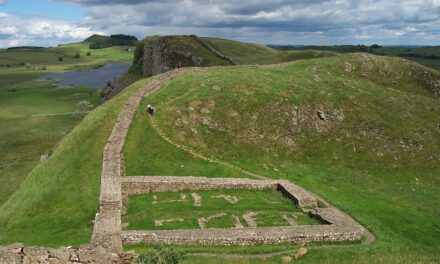History Guild General History Quiz 200
See how your history knowledge stacks up!
Want to know more about any of the questions? Scroll down to learn more!
Have an idea for a question? Suggest it here and we’ll include it in a future quiz!
The stories behind the questions
1. Which conflict did Theodore Roosevelt fight in before becoming President?
Spanish-American War – He served as a Colonel in the ‘Rough riders’ a US irregular cavalry unit, and took part in the battles of Sam Juan Hill. He campaigned to be awarded the Medal of Honour and although he didn’t receive it at the time, he was subsequently awarded it in 2001. He used his fame from the conflict to gain the Presidency only three years later.
2. Where was the Hindenburg destroyed?
Lakehurst, New Jersey, USA – On May 6th, 1937, the German passenger airship LZ 129 Hindenburg caught fire and was destroyed during its attempt to dock with its mooring mast at Naval Air Station Lakehurst. 36 people were killed and it brought the era of travel by airship to an end.
3. Which Chinese Emperor did Marco Polo meet?
Kublai Khan – In addition to Emperor of China, Kublai Khan also claimed the title of Great Khan, supreme over the other successor khanates: the Chagatai, the Golden Horde, and the Ilkhanate. As such, the Yuan was also sometimes referred to as the Empire of the Great Khan. During the Pax Mongolica, European merchants like Marco Polo made their way from Europe to China on the well-maintained and well-traveled roads that linked Anatolia to China.
4. Which Native American Nation fought the longest, deadliest and most costly wars against the USA?
Seminole – The Second Seminole War would be the “longest, costliest, and deadliest” of the wars the U.S. fought with Native Americans.
5. How many Australians served in the Vietnam War?
61,000 – They served during the period 1962-1972. 521 were killed and around 3000 were wounded. Their performance is best described by those they fought against. One former VC leader is quoted as saying: “worse than the Americans were the Australians. The Americans style was to hit us, then call for planes and artillery. Our response was to break contact and disappear if we could…The Australians were more patient than the Americans, better guerrilla fighters, better at ambushes. They liked to stay with us instead of calling in the planes. We were more afraid of their style.”
6. Which of these Presidents was Henry Kissinger National Security Advisor for?
Richard Nixon – Born Heinz Kissinger in Fürth, Bavaria, Germany, he came to the USA as a Jewish refugee in 1938. He worked for a number of US Presidential administrations but is best known for his role as National Security Adviser to Richard Nixon and his successor, Gerald Ford. He has a conflicted legacy, contributing to escalating the Vietnam war as well as negotiating its end, supporting the coup in Chile that saw Pinochet come to power and negotiating the diplomatic relations between the Peoples Republic of China and the USA.
7. When was the Mabo Native Title decision handed down?
1993 – On June 3 1992, the High Court of Australia handed down its decision in the long-running case of Eddie Koiki Mabo and his compatriots from the Torres Strait island of Mer. Together they challenged the authority of the Queensland government to claim not just sovereignty but also ownership of the land comprising their ancestral home.
8. What was the profession of Dom Pérignon, the father of Champagne?
Monk – One of the pioneers in the “méthode champenoise,” or the “traditional method” of making sparkling wine, was a Benedictine monk whose name now adorns one of the world’s finest champagnes: Dom Pérignon. According to a later legend, when he sampled his first batch in 1715, Pérignon cried out to his fellow monks, “Brothers, come quickly. I am drinking stars!”
9. Where did Buddhism originate?
India – The religion first became established around 500 BCE and first moved outside the north Ganges plain during the reign of Emperor Ashoka. Buddhism now has many more followers outside India than in the area it originated.
10. Which of these was NOT one of the seven wonders of the ancient world?
Stonehenge – The list covered only the Mediterranean and Middle Eastern regions, which then comprised the known world for the Greeks, they wouldn’t have been aware of the existence of Stonehenge. The Seven wonders of the Ancient world are:
- Great Pyramid of Giza
- Temple of Artemis at Ephesus
- Lighthouse of Alexandria
- Hanging Gardens of Babylon
- Statue of Zeus at Olympia
- Mausoleum at Halicarnassus
- Colossus of Rhodes








